Rites of Passage by Age Groups: Late 19th/early 20th C.
Early Childhood and Gender Differences
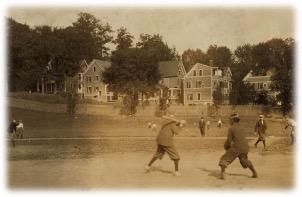
Gender differences, especially in early childhood, play a role in when rites of passage are achieved in children and when adulthood is reached. Gender influenced play and what play meant at certain ages for both boys and girls in the context of the turn of the 20th century. This is because “at particular ages, reformers believed that children required specific activities to induce the successful realization of recapitulated instincts” (Gagen, 2000, p. 605). Gagen’s examines how playgrounds were influenced by this notion of rites of passage as a child ages, which was particularly noted for boys. “Up to the age of 12 years boys shared the same playground as girls. At that point, they left to join a separate all-boys playground. In the younger children’s playground there had been a variety of activities.
“For boys over 12 years old, however, baseball and athletics were the sole pursuits, led by a male instructor” (Gagen, 2000, p. 607). Here, the older boys were expected to play sports and hone their competitive natures, while the younger boys stayed in the playground where they were supervised closely by older girls. A variety of activities were implemented in the younger boys’ playground to facilitate their development and let them explore their interests. Baseball was a common game for older boys, requiring a specialized playground and leadership that emphasized physical development and cultivation of sportsmanship and patriotism. As an extension, these team games, such as baseball, were seen as important preparation for manhood.
This is quite different from girls, who at age 12 remained on the playground for the younger girls and boys, and were expected to look after them. This was done to train the young girls, many of whom were immigrants, in “American” methods of child-rearing and domesticity. There was little to no athletic training in many girls’ childhoods.
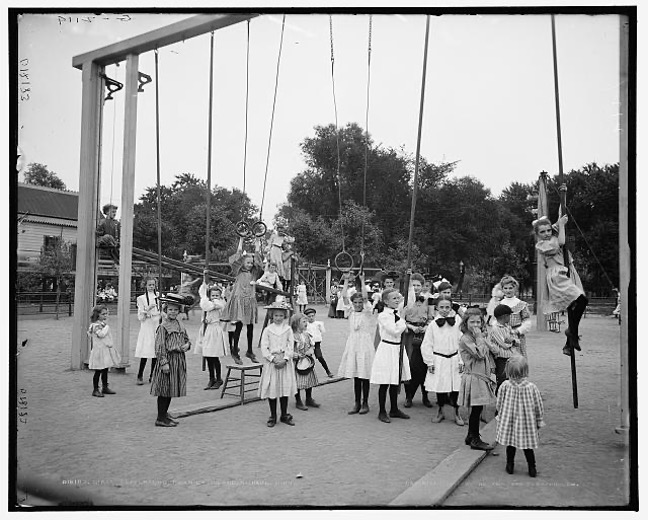
Adolescence and Gender Differences
“The first menstruation or menarche is an inevitable developmental milestone that has social as well as personal meaning… Although menarche is only one of a number of physical changes experienced by adolescent girls, it is generally given greater cultural significance than budding breasts or the appearance of body hair.”
Brumberg, 1993, 100
A girl’s first period was seen as a marker of what makes girls distinctly different from boys, potentially the largest rite of passage
Learning about periods from peers, for immigrant girls, it wasn’t talked about at home or taught in school: “‘We didn’t learn about [menstruation] at home, explained the daughter of an Austro-Hungarian coal miner. ‘We just had to learn it from each other . . . because at that time, way back, they didn’t discuss things like that. At school they didn’t either.’ For the naive daughter of Finnish immigrants in Minnesota, the lavatory in her public school was the critical learning environment” (Brumberg, 1993, 119).
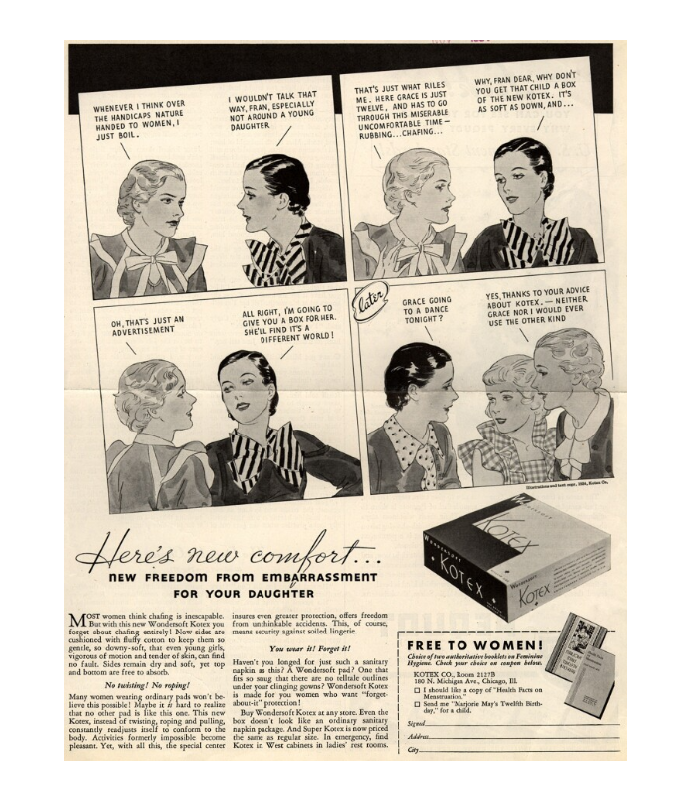
The first advertisements for disposable pads only referred to as “Kotex” the brand name, were the beginning of public conversations about menstruation and women’s reproductive systems.
“Rather than a natural process, menstruation was a problem, mistake, and hazard, something so horrible that modern sensibilities could not tolerate its direct discussion. For those who did not enact the modern discourse about menstruation, never to accompany those ‘8 in 10 women in the better walks of life”; suffer the consequences of the ‘hazardous hygienic methods of yesterday”; and make the ‘mistake’ that will cost you your femininity and your health” (Mandziuk, 2010).
Roseann M. Mandziuk
Menstruation products provided the opportunity for women to hide their periods, which they were made to feel embarrassed and disgusted by, in order to participate in the rapidly industrializing society. Women were made to conform to the regularities of male bodies as best as they could, which continues to this day. The ‘freedom’ described in these advertisements is in regards to the fact that highly absorbent commercial sanitary pads were far less uncomfortable than previous hygiene methods, and this was supposed to allow women to remain active throughout their entire cycle as if their reproductive systems were non-existent. This is in opposition to the fact that women are constantly entering different phases of their menstrual cycle, each having different effects on women’s hormones and bodies.
Puberty and Sexuality
In adolescence, girls were taught that they must control their emotions within the home. Thus, puberty was a time of constraint for girls: “The theories conceded the existence of sexuality and emotionality as normal aspects of adolescence, but served to warn women that they must control these emotions and limit their activities to the home; otherwise, disease, insanity, and even death would surely follow” (Smith-Rosenberg, 1973, 62)
Getting your period is a profoundly physical rite of passage, but has immense cultural meaning as well: “So even though menarche appears to be one of those inevitable, natural, and mental progressions that is “hard-wired” into the female organism, its meaning, and even its pattern, is derived from the particular culture that surrounds the body of the sexually maturing girl” (Brumberg, 1993, 102).
In describing the Victorian woman, “She was seen, that is, as being both higher and lower, both innocent and animal, pure yet quintessentially sexual” (Smith-Rosenberg, 1973). This quote shows the contradiction between seeing woman (and girls) as pure, yet sexual beings, due to their repoductive physicality, and also the cultural implications of these experiences.
Additionally, age of consent was not a topic of conversation until the 1970s, meaning prior there were no legal guidelines, just mere social expectations that varied over time and place (Bozon et al., 2015).
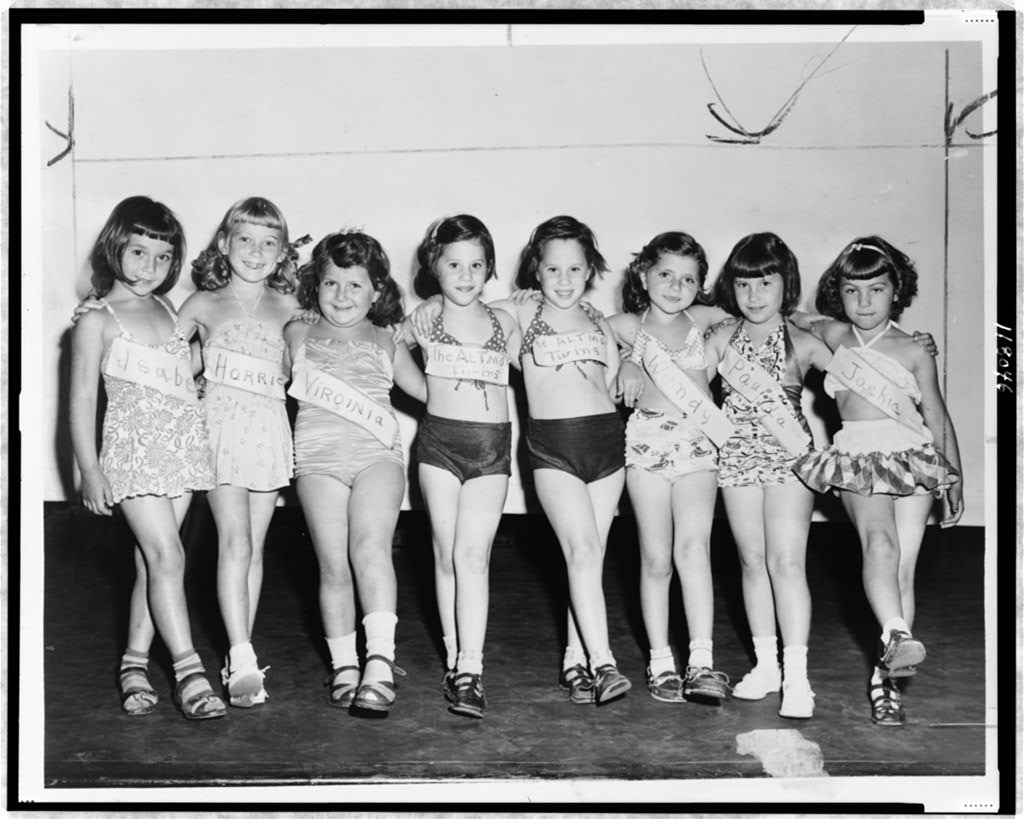
Family Relationships
Adolescence as a huge time of change for girls in many ways, including in their relationships: “Nineteenth-century medical discussions of puberty suggested that mother-daughter relations may often have broken down at puberty, thus leaving the young girl isolated from an important emotional support system during a critical and stormy period” (Smith-Rosenberg, 1973, 62).
Teenagers and Young Adulthood
Geographical variation in culture had implications as to what rites of passage were for different cultures. For young adults testing the boundaries of their independence, their geography determined what that could look like. However, the time period we are studying was a time of significant change, and rural rites of passage were “modernizing” in many ways.
“While modernists and moralists alike proclaimed that young people were becoming increasingly independent of adults, hailing that trend as liberating or condemning it as corrupting, rural culture had long accorded young men and women a substantial degree of autonomy in both group activities and courtship. The main difference that the advent of commercial recreation and mechanized transportation made is that they had access to a wider range of activities and places.”
Osterud, 2015
As children grow up, they mature physically at the scale of the individual and mostly within the home. However after puberty, maturity is looked at in a broader, cultural context. The geographical range of a young adult is a marker of maturity itself. Rites of passage regarding geography mark age and maturity especially well for this time period, and again, might vary by region. When an individual passes a certain threshold, they begin to interact more directly with their society on their own, and this is correlated to the distance they can travel away from their front door on their own.
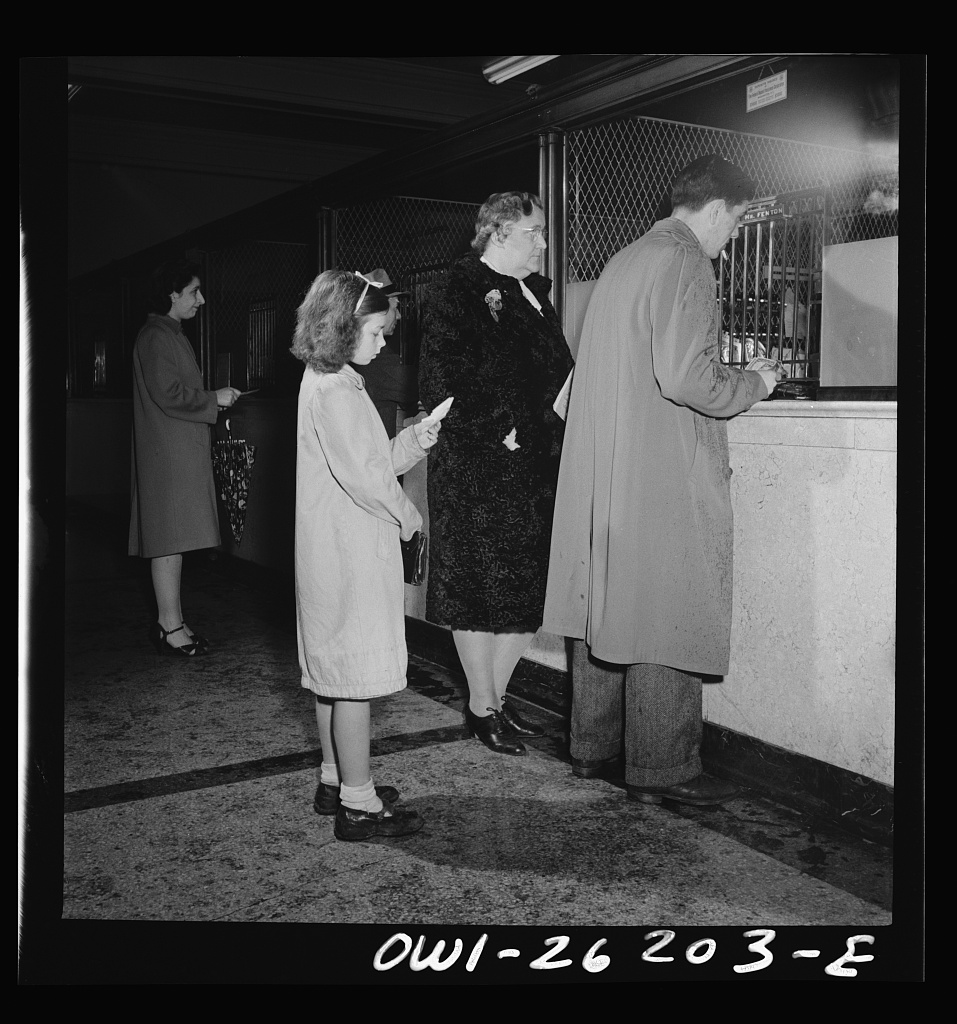
In the context of the early-twentieth century, society itself was undergoing significant maturation, therefore changing the rites of passage for its participants. Two opposite forces were at work regarding the geographical range of young adults. The first was the advancement of technology, industrialization, and urbanization. All of these combined meant that young adults “had access to a wider range of activities and places.” (Osterud 2015). However at the same time, family values were changing and the concept of the individual child being “emotionally priceless” (Zelizer, 1985) was taking off, thus limiting or delaying geographical freedom.